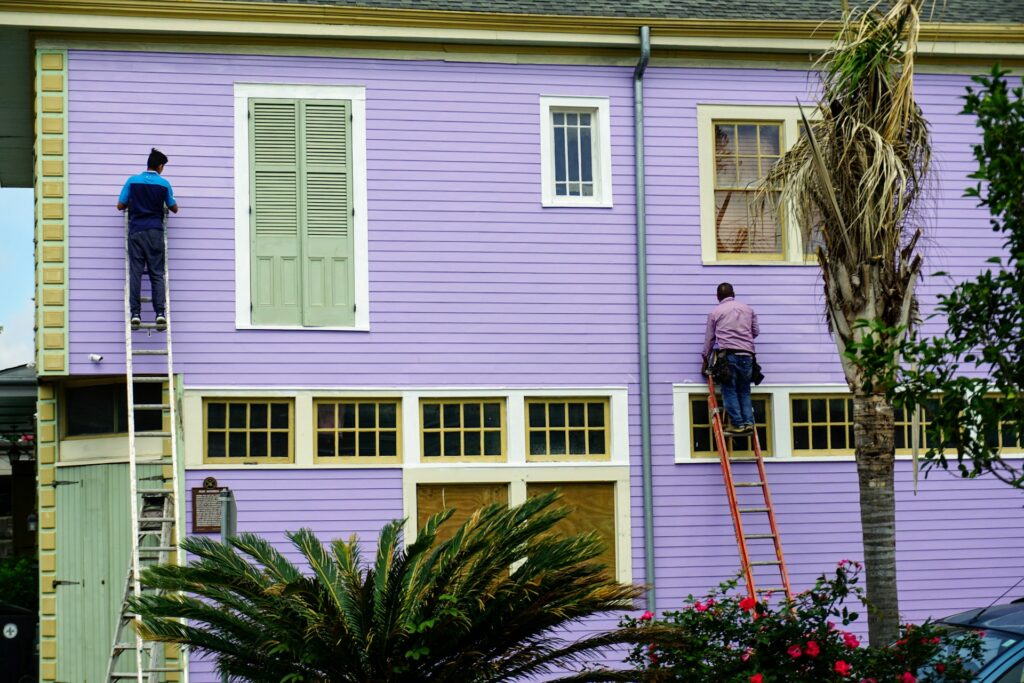Among musical instruments, the harp is one of the most versatile and evokes an ethereal and alluring sound.
Harps are stringed musical instruments played by picking individual strings with the fingers. It is mostly triangular in shape, made of wood and some have multiple roles of strings and pedals.
Harp was derived from an Old German, Norse and Anglo-Saxon word which means to pluck.
Did you know that the harp is a diverse musical instrument that comes in an array of shapes, sizes and sounds, and each one reflects the rich cultures and traditions from which it originates?
As part of their versatility, harps can be made and played in various ways: standing or sitting, in traditional ceremonies, in orchestras or in concerts with a melody and harmony that have captivated audiences.
What to know more? In this article, we’ll discuss various types of harps, from the majestic pedal harps of the orchestral stage to the humble folk harps of ancient traditions. So, whether you’re a harp aficionado or an aspiring enthusiast, read on to discover one of the oldest and richest instruments in human history.
Classification and Variations of Harps
Harps vary in many ways and can be classified into various categories based on several key characteristics, including size, shape, string arrangement and playing technique.
All harps have a neck, resonator and strings. Open harps, such as arch harps and bow harps, do not have a pillar at their long end to support the strings, while frame harps or triangular harps do.
1. Shape and Size
Harps vary a lot in shapes. Some harps have straight columns and others have curved or angled frames. Harps also come in a range of sizes; some are small and can be played on the lap, while others are large concert harps, which are heavy and are kept on the floor. The size often correlates with the number of strings and the instrument’s overall sound and resonance.
2. String Arrangement
Harps use different strings like catgut, nylon, metal or combination of any two types of string. They also have different string arrangements, including single, double or triple rows of strings. Single-row harps are the most common but some harps feature additional rows to extend their range or facilitate playing complex pieces.
String spacing and tension can also vary, influencing the instrument’s playability and tonal characteristics.
3. Playing Technique
Harps can be played in different ways, using various techniques like plucking, strumming, and damping. All these methods can produce different articulations and effects.
Some harps have mechanisms such as pedals or levers that allow players to change the pitch of individual strings, enabling them to play in different keys and modulate the instrument’s tonality.
Types of Harps
There are two most common types of harps, the pedal harp and the lever harp.
1. Pedal Harps
Pedal harps are perhaps the most popular type of harp; they are bigger and heavier than lever harps. They are best described as large, concert-sized instruments with a vertical frame and a complex mechanism of pedals and rods with an energetic, majestic and imposing sound.
As the name implies, this harp has and uses pedals to produce the appropriate adjustments in the tone. A pedal harp has seven pedals and each corresponds to a different pitch class (C, D, E, F, G, A, B). Players can alter the pitch of individual strings, enabling seamless key changes and modulation.
However, pedal harps are often more costly and difficult to master than lever harps but it produce higher and more advanced music with better quality than other harps.
Renowned examples of pedal harps include:
Salvi Daphne 40, which was crafted by Italian harp maker Salvi, is well known for its exceptional resonance.
Lyon & Healy Style 23: this harp is mostly used by orchestras and professional harpists worldwide. It features a rich tone and elegant design.
2. Lever Harps
Lever harps, also known as Celtic or folk harps, are the most widespread harps. They are called lever harps because they have manual levers mounted on the neck that allow players to change the pitch of individual strings. The levers allow the harpist to play two separate notes on each string and tighten or loosen each pitch to make flat, natural, or sharp notes.
Lever harps are smaller, simpler, versatile and more portable than pedal harps and are a great choice for anyone starting to learn how to play. It is mostly recommended for beginners.
Types of lever harps include psaltery or lap harps, bardic harps, etc.
Examples of lever harps:
Camac Bardic 27 is a compact-size lever harp and ideal for traveling musicians and folk music enthusiasts. It produces a bright and appealing sound.
Dusty Strings Ravenna 34: The Dusty Strings Ravenna 34 lever harp is a popular choice for both beginners and experienced players. It is loved for its warm tone and user-friendly design.
3. Concert Harps
The concert harp is a kind of harp that is more advanced in technology. It is known for its use of pedals, which can change the pitch of its strings, making it fully chromatic. Once it’s fully chromatic, the player is able to play a more classical repertoire.
4. Electric Harps
Electric harps have grown in popularity since the late 1950s and we’re popularized by artists who love sophisticated amplification. Electric harps are in a different category because they can be equipped with either a lever or a pedal mechanism. Electronic harps are similar to acoustic harps in that they are available in shallow and solid bodies.
However, though an electric harp can be played acoustically, electronically and with or without amplification, the tone can not be compared to that of traditional harps.
5. African Harps
Africa has the most diverse range of harp designs. African harps include the ancient Egyptian arched harp, also known as the bow harp or lyre, and the Kora.
The ancient Egyptian arched harp (lyre or bow harp) had a curved wooden frame with strings stretched between the upper and lower ends and a small sound box made of wood or leather attached.
The strings are plucked with the fingers or a plectrum to produce melodic and rhythmic sounds. In ancient Egyptian society, the arched harp held religious and ceremonial significance and it was often played alongside singing or dancing.
The kora is a West African harp-lute with 21 strings, divided into two separate rows. It has a large calabash with cow skin, which serves as a resonator and a long neck made of wood.
The Kora is played using both hands to pluck the strings while manipulating the small rings attached to the strings at the same time to create rhythms and melodies. It is mostly used during oral storytelling and social gatherings to pass down generational values and cultural heritage.
6. South American Harps
South American harps consist of The arpa llanera, or llanera harp and the Paraguayan harps.
The Llanera harp is a traditional folk harp from the plains (llanos) of Venezuela and Colombia. It has a large, triangular frame made of wood, with nylon or gut strings stretched between the neck and the soundbox.
Arpa llanera is played using both hands to pluck the strings and applying various techniques, It is often played alongside other instruments such as the bandola and the maracas to add to the melody and harmony in traditional joropo music (a lively and rhythmic genre of folk music that celebrates the traditions and way of life of the llaneros).
The arpa llanera is an iconic symbol to the llanos region of Venezuelan and Colombian culture.
The Paraguayan harp is the national instrument of Paraguay and has gained a world reputation for folk traditions. This harp has around 36 strings and is played with fingernails. It has a narrower spacing and lower tension that modern Western harps do not have, with a wide and deep sound box to the top.
Although these harps arrived in South America via the colonies, having a root in western harps, they have gone through various transformations by the indigenous people to adapt to South American music.
Conclusion
Harps are one of the most diverse types of musical instruments that span across continents, cultures and centuries of musical tradition. From the classic pedal and lever harps of European concert halls to the country-styled kora of West Africa and the energetic sounds of the arpa llanera of the South American plains, every type of harp presents its own rare feature, emitting sounds, melody, harmony and cultural heritage.
These instruments have no doubt played a necessary role in music history and culture. Harps have, through the ages, been a source and symbol of storytelling, spirituality and social functionality.
Therefore, whether as a harp aficionado or an upcoming enthusiast, learning about the different types of harps would enrich your own musical experiences and also honor the cultural legacies and artistic expressions of various musicians and communities across the globe.




